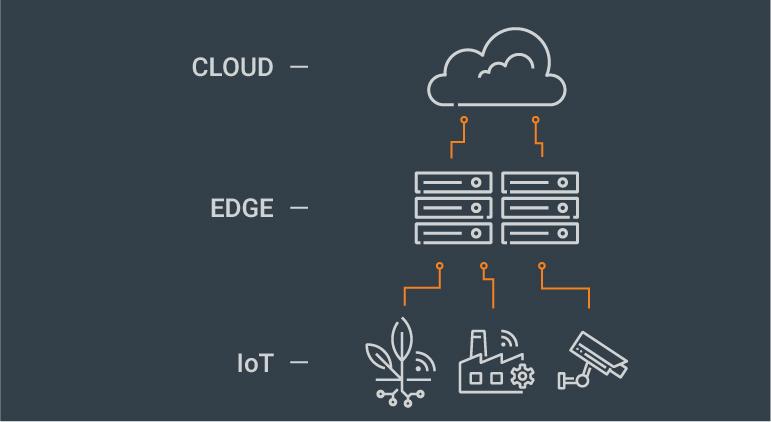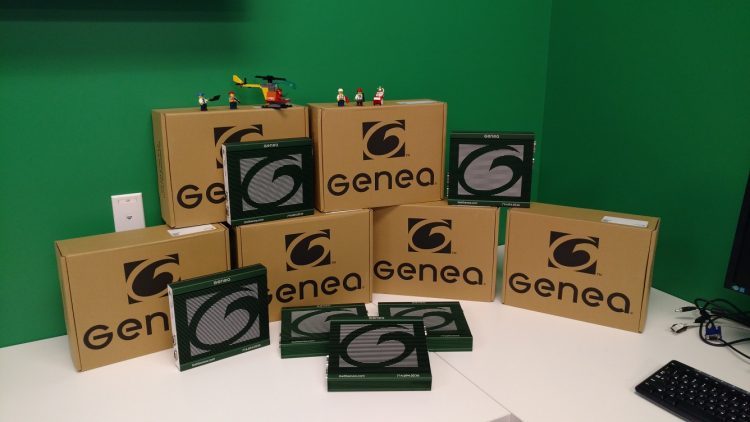What is Cloud Computing?
We are often asked – what is cloud computing and how does it work? Check out our Tech Edge video below and read on to learn more.
The basics of cloud computing
Cloud computing works by using off-site computers (often in third-party data centers) to store and deliver data and/or processing power using the internet. This makes the data accessible from any location and any device with an internet connection.
Gmail, for example, is one of the most well-known services that uses cloud computing. Rather than having all of your emails stored on a local computer, you can access your account from any location using any device with internet connection (such as a PC, mobile phone, or tablet).
A few well-known public cloud computing services include Google Cloud, Amazon Web Services (AWS), IBM cloud services, and Microsoft Azure.
Cloud computing benefits
One of the main benefits of implementing a cloud solution over on-site computing is IT infrastructure cost savings. Data storage hardware often has an expensive upfront cost, so having a cloud solution allows you to manage your data without having to spend the time, money, and resources required to buy, set up, and maintain an on-site data center.
With cloud computing, data is also readily available from any location and can be accessed using any smart device with an internet connection. However, this is also where cloud computing falls short. If the internet goes down, you won’t be able to access your data until connectivity is restored.
Edge computing vs. cloud computing
While cloud computing systems utilize remote servers to process and store data, edge computing processes data on local hardware at or near where data is being generated.
Edge Computing Benefits
Compared to working exclusively in the cloud, edge computing can yield significant benefits including:
- Low latency
- Security
- Data integrity
Low latency: Data is processed with minimal delay to deliver near real-time compute capabilities. When a fast response time to data is necessary, edge computing is the means to make that happen. Information collected and processed by edge computers can then be sent to the cloud for storage or further computational analysis. This is critical in real-time applications such as computer vision and robotics.
Security: The amount of data that is sent off-site is reduced to minimize the risk of unauthorized access.
Data integrity: The need to transfer data across multiple networks and into the cloud for computation is minimized. This promotes data integrity and lowers transmission costs.
Combining edge and cloud computing
Your unique needs may be best served by a combination of edge and cloud resources.
It’s important to understand your specific needs when creating your data management architecture. Think about how you distribute the experts within your business; you want to make sure that you have adequate resources to get questions answered quickly and address any issues that arise. The same care should be taken when considering where to place your computing power. The amount of edge computing vs. cloud computation varies from application to application. Distributed/remote architectures such as in energy applications lean towards more edge computing. The same is true of any application taking advantage of connectivity over 4G/5G LTE.
Edge to cloud
For companies offering commodity or business applications, cloud computing is an attractive option, but is it best to invest in in-house IT systems and management or move your infrastructure to the Cloud? As we covered in our Edge vs Fog post, the decision doesn’t have to be one or the other.
One approach is to adopt an edge to cloud model, where data is generated at the edge before getting processed and stored in the cloud. Cloud computing allows companies to move faster on projects without vast upfront costs. In addition to cloud computing being highly cost effective, it also allows users to rapidly scale their services. When combined with edge computing, you get a best-of-both-worlds infrastructure that can make quick decisions while providing the flexibility of remote management.
Using cloud computing with edge devices
Balancing cloud computing and edge computing is key to a successful deployment with edge devices When the two pair together, they create ample opportunities for businesses to grow. The cloud is frequently the destination for Edge or IoT data, allowing for access anywhere. Together, the edge and cloud operate simultaneously to produce cost-effective data monitoring and control solutions.
Here at OnLogic, we provide businesses with the hardware tools they need to make the most of cloud computing’s capabilities. For example, we partnered with Genea to find the perfect cloud solution for their business. Genea offers cloud-based software and services for the commercial real estate industry, including property managers and business owners.
The OnLogic team identified a fanless PC as the basis for Genea’s hardware solution. From there, we worked with them to create a unique gateway platform that would meet their specific connectivity and performance requirements. Today, Genea uses a customized, custom branded version of the OnLogic ML350 to create smart building solutions for their clients.
If you have questions about where compute power should live, or what hardware would best meet your needs, reach out to our solution specialists to chat about your project.
Get the Latest Tech Updates
Subscribe to our newsletters to get updates from OnLogic delivered straight to your inbox. News and insights from our team of experts are just a click away. Hit the button to head to our subscription page.
Share
More Articles
OnLogic Industrial Computers
Discover OnLogic's multitude of industrial computers that will help you to advance your IoT project
Learn more at OnLogic.com
OnLogic Industrial PCs: Designed to last. Built to order. Delivered in days. Visit our online store at OnLogic.com







